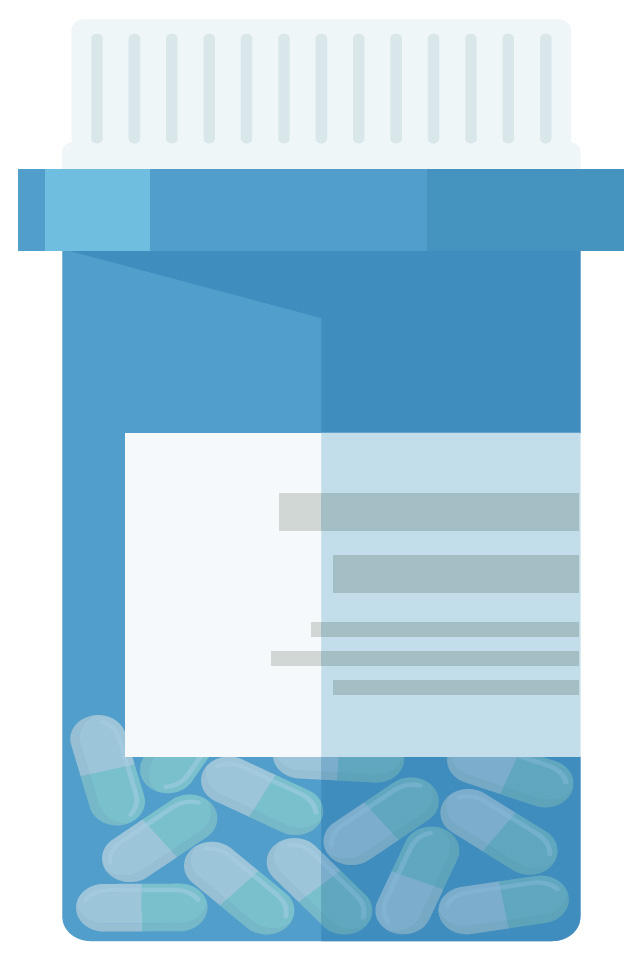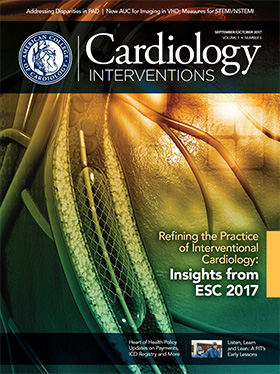Number Check
A look at peripheral artery disease — by the numbers.
Prevalence of Peripheral Artery Disease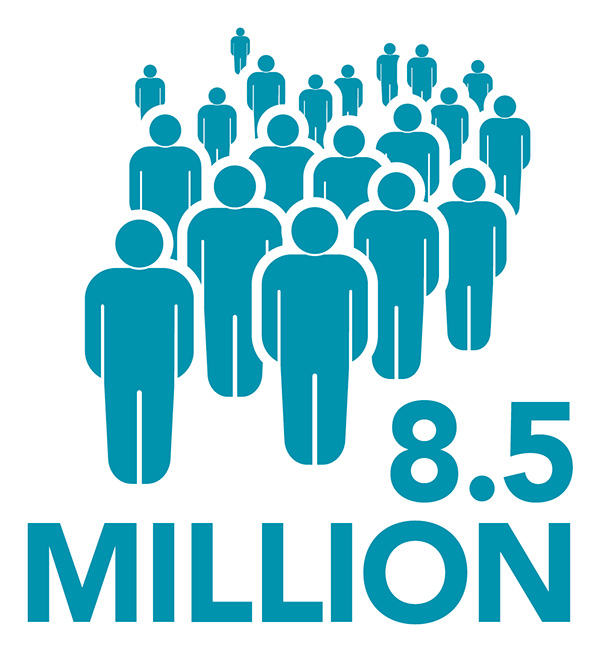
The approximate number of people in the U.S. who have peripheral artery disease (PAD). This includes 12-20 percent of persons older than age 60. Men and woman are equally affected by PAD. Black race/ethnicity is associated with an increased risk of PAD and people of Hispanic origin may have similar to slightly higher rates of PAD compared with non-Hispanic whites. Source: Centers for Disease Control and Prevention. Peripheral Artery Disease Fact Sheet. June 16, 2016. 25 %Awareness of peripheral artery disease within the general population. 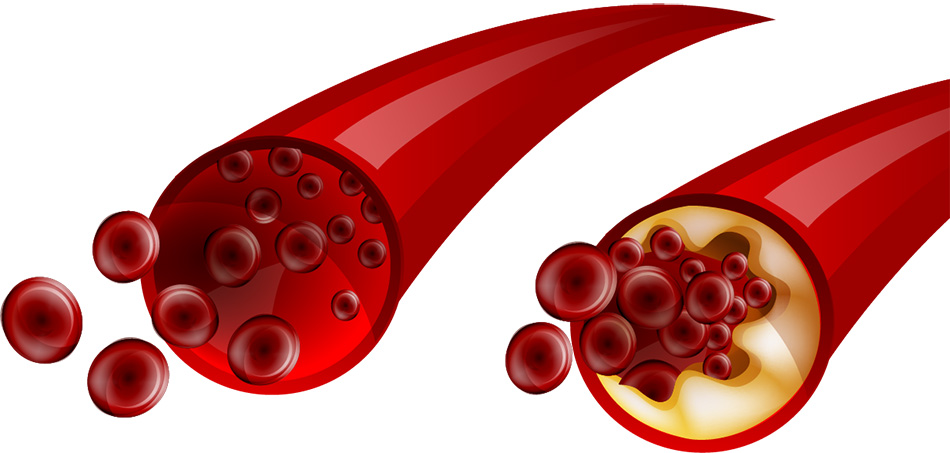
Novel Vascular Screening is a Life Saver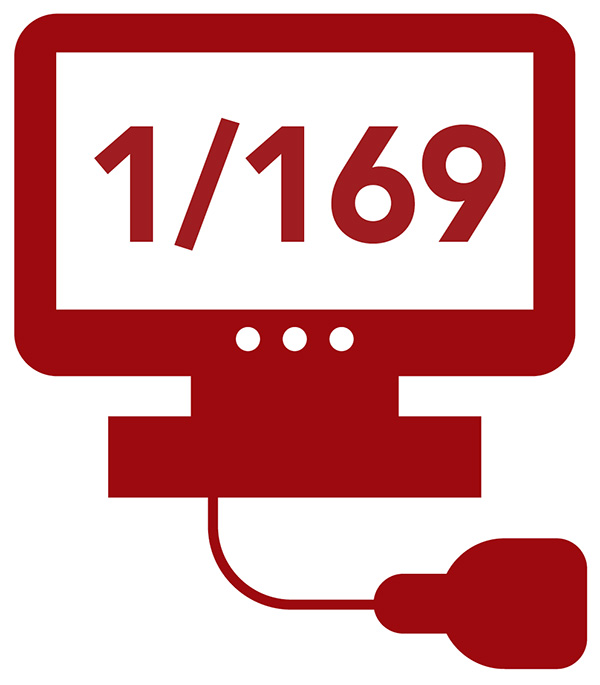
The number of lives saved through a new triple screening program for vascular disease. The combined screening for abdominal aortic aneurysm, peripheral artery disease and hypertension gained more years alive for lower costs than European cancer screening programs. Source: Lancet 2017;Aug 28:[Epub ahead of print]. Eat More Plants for Healthier Arteries
The number of servings of fruit or vegetables per day that may lower the risk for developing peripheral artery disease (PAD) by 18 percent, according to recent research in Arteriosclerosis, Thrombosis and Vascular Biology. However, when stratified by smoking status, the association of lower PAD rates and increased intake of fruits and vegetables was present only among participants who were current or former smokers. Source: American Heart Association. News release. May 18, 2017. 
High Blood Sugar Makes Vascular Surgery RiskyThe number of patients undergoing vascular procedures who had post-operative hyperglycemia. High blood sugar following surgery for peripheral artery disease was associated with poorer outcomes in patients with and without diabetes, including increased infection rates, hospital stays and mortality. Source: University of Missouri. News Release. May 31, 2017. Better Care Needed for PAD Patients
|
Tweet this article: Tweet
 |
|
| Click the cover image above to read the latest issue of Cardiology: Interventions in e-pub format or click here to read it on the web! | |
Keywords: ACC Publications, Cardiology Interventions, Peripheral Arterial Disease, Aspirin, Hydroxymethylglutaryl-CoA Reductase Inhibitors, Fruit, Vegetables, Prevalence, Blood Glucose, Blood Pressure, Aortic Aneurysm, Abdominal, Smoking Cessation, Early Detection of Cancer, Smoking, Tetrazoles, Thrombosis, Hypertension, Diabetes Mellitus, Arteries, Hyperglycemia, Amputation, Centers for Disease Control and Prevention, U.S., American Heart Association
< Back to Listings

